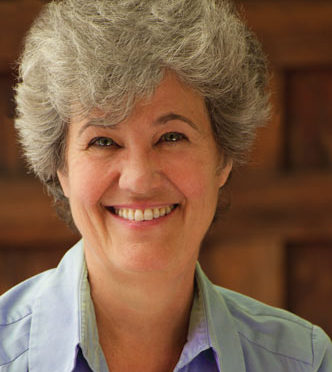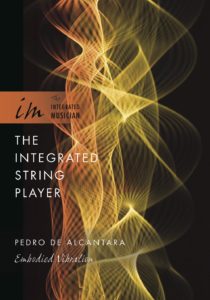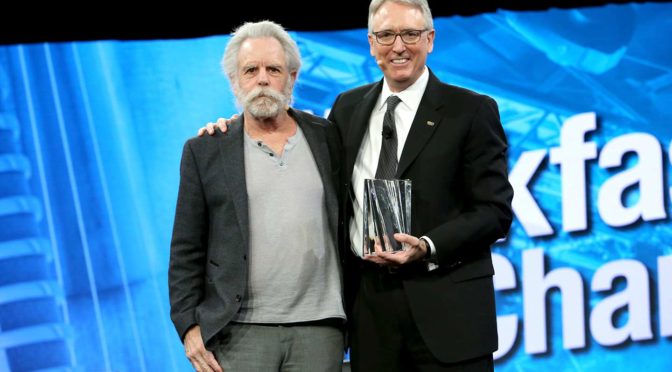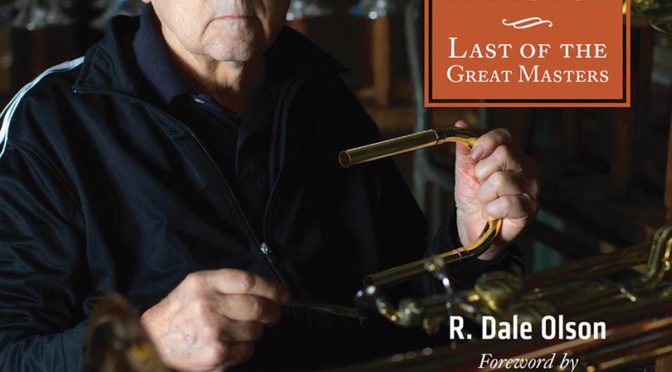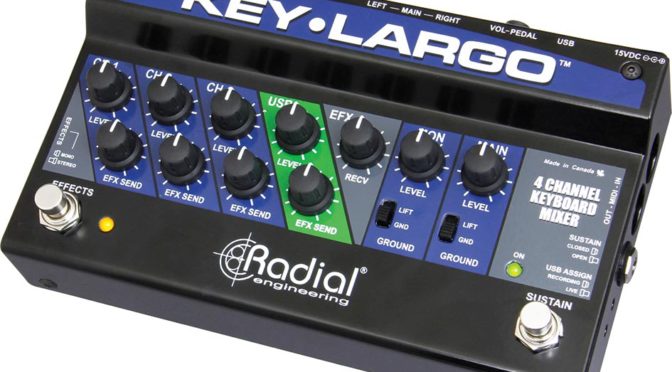by Meredith Snow, Chair, International Conference of Symphony and Opera Musicians (ICSOM)
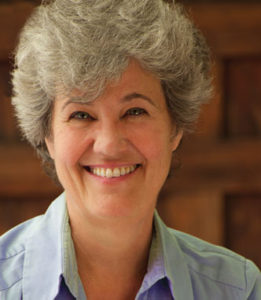 The cohesive internal organization of an orchestra is the foundation of a strong bargaining unit. The more our musicians know about the structure of their collective bargaining agreements (CBA) and how committees function, and the more they are willing to participate in the civic life of their orchestra, the greater will be their success in negotiations, and the greater will be the success of the institution as a whole.
The cohesive internal organization of an orchestra is the foundation of a strong bargaining unit. The more our musicians know about the structure of their collective bargaining agreements (CBA) and how committees function, and the more they are willing to participate in the civic life of their orchestra, the greater will be their success in negotiations, and the greater will be the success of the institution as a whole.
The orchestra, as a social construct, has a centuries-old history of hierarchal rank and deportment, from conductor to concertmaster to last stand violas. The mannerisms remain, but our unionization has revolutionized the status quo behind the scenes. The power to negotiate pay and working conditions that are fair and beneficial to all and the protection of tenure has created a more equal and just workplace.
All of our International Conference of Symphony and Opera Musicians (ICSOM) orchestras have both a CBA (negotiated by musicians and locals) and bylaws, which carefully outline the duties of committees, and the relationships of members to each other and to management. While each orchestra may divide responsibilities differently, an orchestra committee (OC) generally oversees the implementation of the CBA; some form of Auditions Committee will manage auditions and tenure review in conjunction with the music director; and an artistic liaison committee may address programing, conductor review, and possibly workload issues that can occur within the bounds of the CBA.
Many orchestras now have a separate negotiating committee. In recent years, orchestras have formed social media committees and community outreach committees to foster connection with their current and potential audiences. And I would be remiss if I did not acknowledge the coffee makers—the unsung heroes who come in early to rehearsal and start the coffee brewing. A fresh cup of coffee is, in and of itself, an internal organizing tool. We tend to concentrate our attention on the grand gestures and positions of power, but it is small considerations that foster good relationships.
The configuration and number of members of these committees, makeup of the audition panel, and other details are specified in each orchestra’s bylaws. The various duties have become increasingly complex over the years to the extent that many orchestras now have a crossover system where OC members also serve on the other committees to be sure that the contract and bylaws are not overlooked or undermined.
As with any civil service, working on a committee can be challenging and rewarding in equal measure. But having strong committees is absolutely vital to the health of an orchestra. They are the connective tissue that binds our members together, as well as the central nervous system in our interaction with management. A clear understanding of our relationships creates a strong bond, especially needed in times of adversity, and makes it possible to build a culture of mutual respect and responsiveness, not only between musicians, but with management as well.
Serving on committees is a voluntary activity. Our members donate their time for the good of all. While many members volunteer, others need encouragement. In many orchestras, the ICSOM delegate and a committee member will invite newly hired musicians to lunch to explain the organizational structure of their new job. Some orchestras have created a handbook to simplify understanding of the densely-written CBA and bylaws. We are always recruiting. Asking musicians to volunteer for activities that benefit other organizations, such as soup kitchens or disaster relief groups, is a doubly beneficial organizing tool. You are solidifying your own relationships while helping others.
Open and respectful communication is key. Committee members can and should be available to speak with other orchestra members, but there is no substitute for general meetings, which help draw together all the musicians in an orchestra. Aspirations, irritations, complications, what’s working, what’s not—all need an open forum to be addressed. The better we understand one another, the stronger we are as a unit. Considering we all play in the same orchestra, it is surprising how different the pressures and expectations of each instrument group are. Understanding our different perspectives helps unify our membership. The stronger we are as a union, the greater our success in negotiations.


